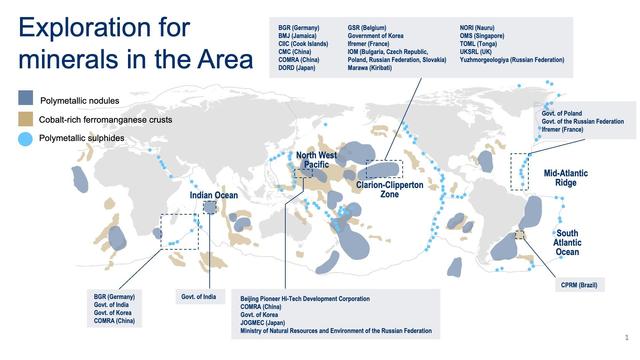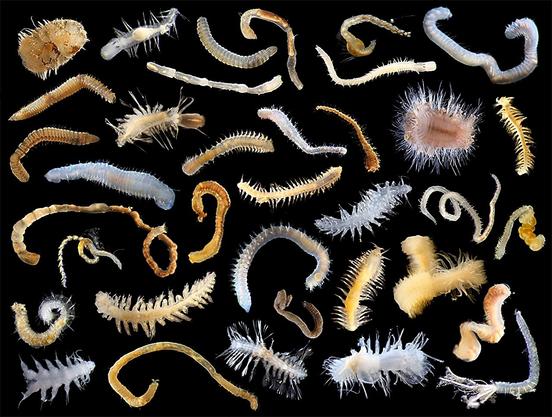#Oxygen produced in the #DeepSea raises questions about extraterrestrial life
"Over 12,000 feet below the surface of the sea, in a region of the Pacific Ocean known as the Clarion-Clipperton Zone (#CCZ), million-year-old rocks cover the seafloor. These rocks may seem lifeless, but nestled between the nooks and crannies on their surfaces, tiny sea creatures and microbes make their home, many uniquely adapted to life in the dark.
"These deep-sea rocks, called polymetallic #nodules, don't only host a surprising number of sea critters. A team of scientists that includes Boston University experts has discovered they also produce oxygen on the seafloor.
"The discovery is a surprise considering oxygen is typically created by plants and organisms with help from the sun -- not by rocks on the ocean floor. About half of all the oxygen we breathe is made near the surface of the ocean by phytoplankton that photosynthesize just like land-dwelling plants. Since the sun is needed to carry out photosynthesis, finding oxygen production at the bottom of the sea, where there is no light, flips conventional wisdom on its head. It was so unexpected that scientists involved in the study first thought it was a mistake.
"This was really weird, because no one had ever seen it before," says Jeffrey Marlow, a BU College of Arts & Sciences assistant professor of biology and coauthor on the study, which was published in Nature Geoscience.
As an expert in microbes that live in the most extreme habitats on Earth -- like hardened lava and deep-sea hydrothermal vents -- Marlow initially suspected that microbial activity could be responsible for making oxygen. The research team used deep-sea chambers that land on the seafloor and enclose the seawater, sediment, polymetallic nodules, and living organisms. They then measured how oxygen levels changed in the chambers over 48 hours. If there are plentiful organisms breathing oxygen, then the levels would normally decline, depending on how much animal activity is present in the chamber. But in this case, oxygen was increasing.
" 'We did a lot of troubleshooting and found that the oxygen levels increased many more times following that initial measurement,' Marlow says. 'So we're now convinced it's a real signal.'
"He and his colleagues were aboard a research vessel tasked with learning more about the ecology of the CCZ, which spans 1.7 million square miles between #Hawaii and #Mexico, for an environmental survey sponsored by The Metals Company, a deep-sea mining firm interested in extracting the rocks en masse for metals. After running experiments on board the vessel, Marlow and the team, led by Andrew Sweetman at the Scottish Association for Marine Science, concluded the phenomenon isn't primarily caused by microbial activity, despite the abundance of many different types of microbes both on and inside the rocks.
"#PolymetallicNodules are made of rare metals, including #copper, nickel, cobalt, iron, and manganese, which is why companies are interested in mining them. It turns out, according to the study, that those densely packed metals are likely triggering "seawater electrolysis." This means that metal ions in the rock layers are distributed unevenly, creating a separation of electrical charges -- just like what happens inside of a battery. This phenomenon creates enough energy to split water molecules into oxygen and hydrogen. They named this "dark oxygen," since it's oxygen made with no sunlight. What remains unclear is the exact mechanism of how this happens, if oxygen levels vary across the CCZ, and if the oxygen plays a significant role in sustaining the local ecosystem."
https://www.sciencedaily.com/releases/2024/08/240826182909.htm
#LeaveItInTheOcean #DeepSeaMining #NoDeepSeaMining #RecycleCopper #LifeOnEarth #Ecocide #PlanetDestroyers #HumanGreed


